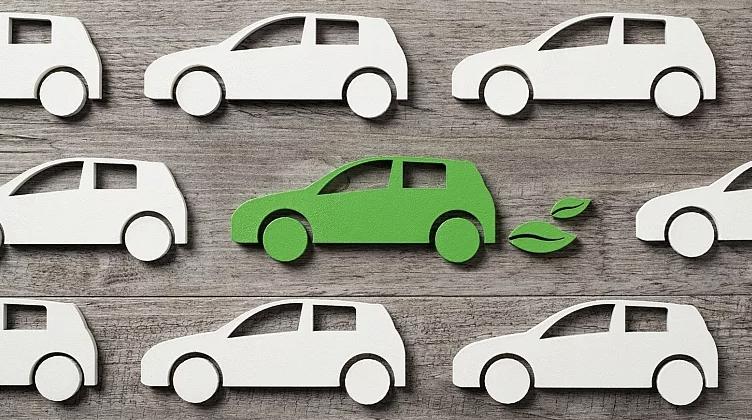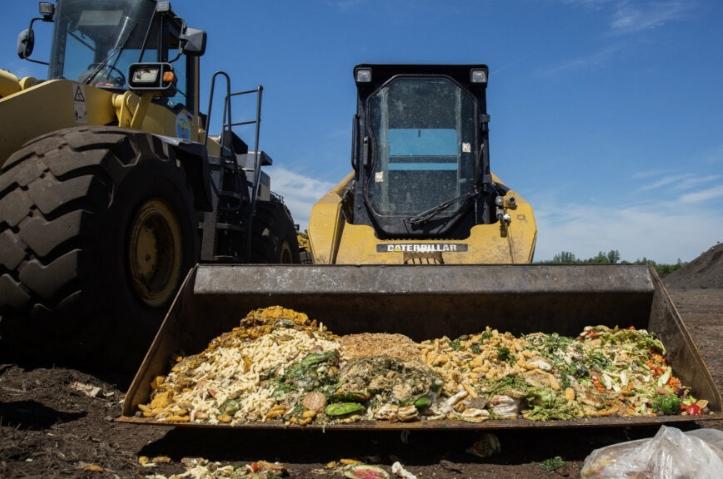Car manufacturers are investing heavily in the development of battery electric vehicles (BEVs), with projections suggesting that over 30 million BEVs will be cruising European streets by 2030. However, while these vehicles boast zero tailpipe emissions, the production of the cars and their batteries contributes to carbon emissions.
So, how eco-friendly are these vehicles compared to their traditional petrol or diesel counterparts?
Production and Life Cycle Emissions
Life cycle emissions encompass the carbon footprint from the production, use, and eventual disposal of a product. In the case of electric cars, everything from mining raw materials to recycling the vehicle at its life’s end is taken into account.
The production of lithium-ion batteries for BEVs is particularly energy-intensive, leading to higher emissions during this phase compared to internal combustion engine (ICE) vehicles. Even though traditional vehicles also have their manufacturing emissions, they continue to release CO2 throughout their lifespan, while BEVs do not.
Auto Industry’s Commitment to Carbon Neutrality
Leading automakers like Volkswagen, Toyota, Mercedes-Benz, and General Motors have set ambitious targets to achieve carbon neutrality in the coming decades. For instance, Polestar, a Swedish car company, has set its sights on producing a completely carbon-neutral car by 2030. This involves scrutinizing and mitigating emissions from raw material extraction to end-of-life vehicle handling.
Lifetime Emissions: BEV vs. ICE
While BEVs may start with a higher carbon footprint due to manufacturing, their lifetime emissions are significantly lower than ICE vehicles. Research by Transport & Environment indicates that an average electric car in the EU emits almost three times less carbon than a petrol or diesel car.
This advantage will only grow as the electric grid relies more on renewable energy. For example, an electric car with a battery made in Sweden and driven there can achieve an 83% reduction in emissions compared to petrol vehicles.
The Battery Challenge
Batteries are a crucial component of BEVs, and their raw materials significantly influence their price. As battery technology progresses, there are potential alternatives to conventional lithium-ion components, reducing the dependency on rare minerals.
Chinese battery giant CATL is exploring sodium-ion batteries, while BYD is producing batteries without using cobalt. Moreover, there’s an increasing emphasis on ethical mining practices and reinvesting in local communities affected by mining.
Recycling: A Sustainable Approach
One key to minimizing BEVs’ environmental impact is the effective recycling or repurposing of batteries. The European Commission has introduced the world’s first sustainable battery law, pushing for ethical mining and enhanced recycling.
While some used batteries might not be fit for cars, they can be repurposed for grid storage, further lowering the carbon footprint. However, recycling processes need to be environmentally efficient, as they can also have significant emissions.
In conclusion
While BEVs have their environmental challenges, especially in the manufacturing phase, their overall life cycle emissions are considerably lower than traditional ICE vehicles. As battery technology and manufacturing processes improve, BEVs are poised to become an even greener option for transportation. The environmental consequences of oil extraction for fuel in traditional vehicles remain a pressing concern.



